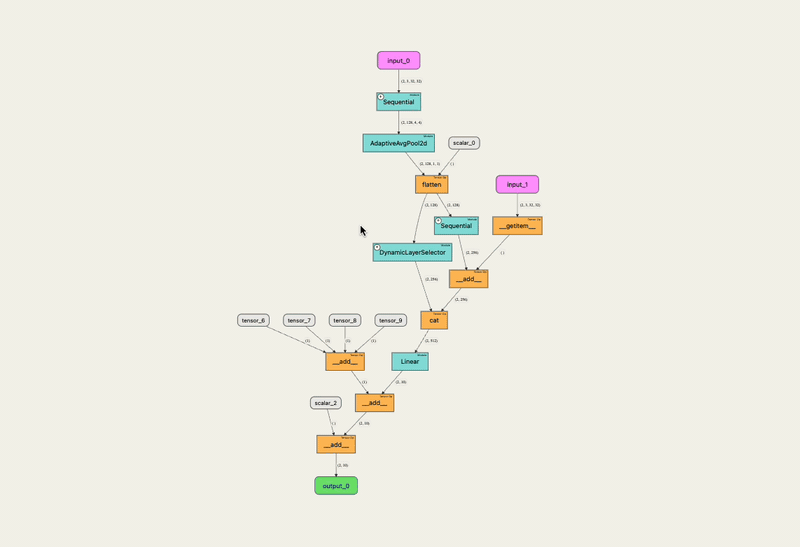Computer-generated imagery (CGI) has transformed the landscape of visual storytelling, revolutionizing how we perceive and interact with different mediums. From the bustling world of video games to the mesmerizing sequences in movies, CGI creates captivating visuals that push the boundaries of imagination. Understanding the intricacies of CGI not only highlights its artistic potential but also reveals its practical applications across various industries.
What is computer-generated imagery (CGI)?
Computer-generated imagery (CGI) refers to the process of creating still or animated visual content using computer software. This technology is utilized across numerous fields, including entertainment, advertising, architecture, and education, serving various purposes that often merge artistry with technical precision.
Purpose of CGI
The applications of CGI are vast, as it serves numerous functions across different sectors:
- Visual art: Crafting imaginative visuals that exist purely in the digital realm.
- Advertising: Generating eye-catching content for marketing and promotional campaigns.
- Anatomical modeling: Developing detailed visual representations for educational and medical training.
- Architectural design: Visualizing buildings and environments before construction starts.
- Film and video game production: Enhancing narrative experiences through realistic effects and environments.
How CGI works
CGI operates through a combination of artistic creativity and advanced technology. At its core, it involves several key components:
- Visual effects (VFX) departments: Specialized teams create CGI assets for multimedia projects.
- Compositing techniques: Merging CGI elements with live-action footage to produce cohesive visuals.
Basic techniques in CGI
Creating CGI starts with various tools and techniques. Initially, artists may use:
- 2D pixel-based image editors: For basic visual creations.
- 3D modeling software: Enabling the construction of complex three-dimensional objects and environments.
More advanced productions integrate CGI with live-action footage, employing techniques like green screening to create seamless interactions between digital and physical worlds.
Main use cases and examples of CGI
CGI finds numerous applications across various sectors, each showcasing its versatility.
Film special effects
The film industry employs CGI for sophisticated visual effects that enhance storytelling. Notable milestones include innovations in films like “Terminator 2” (1991), where CGI was instrumental in creating groundbreaking effects.
Video game graphics
In video gaming, CGI plays a crucial role in delivering immersive experiences through advanced graphics. Games utilize real-time rendering capabilities to create engaging 3D environments, bringing realism to gameplay.
Advertising
Marketing campaigns increasingly rely on CGI to create visually compelling advertisements. Through dynamic imagery and lifelike product representations, businesses can captivate audiences and elevate brand appeal.
Architectural models
Architecture firms utilize CGI to produce detailed 3D models that visualize proposed designs before construction. These digital representations allow for better client communication and project planning.
History of CGI use
Understanding CGI’s evolution helps appreciate its current significance in visual media.
Pioneering films
Early endeavors in CGI can be traced back to films like “Vertigo” (1958), which featured techniques developed by John Whitney. Milestones followed with releases like “Tron” (1982) and “Jurassic Park” (1993), both of which showcased the integration of CGI with live-action elements.
Evolution of techniques
The interplay between practical effects and CGI became even more apparent in films like “Titanic” (1997) and the “Lord of the Rings” trilogy (2001-2003). These productions exemplified the blend of artistry and technology, setting a new standard for visual effects.
Current and future trends in CGI
Today, CGI technology continues to advance rapidly, introducing new possibilities for creators.
Advancements in technology
Cutting-edge CGI software utilizes sophisticated methods such as:
- 3D modeling and texturing: Essential for constructing detailed and engaging visual narratives.
Future outlook
The ongoing integration of machine learning is poised to enhance the speed and efficiency of CGI production. As artificial intelligence and technologies like deepfakes evolve, they may reshape the roles of CGI artists. Furthermore, the rise of virtual and augmented reality is influencing the future of CGI, allowing for increasingly immersive user experiences.
Technological comparisons
As the technological landscape evolves, understanding how CGI interacts with VR, AR, and mixed reality is crucial. These fields complement each other, paving the way for innovative experiences that blend digital and physical realities.

